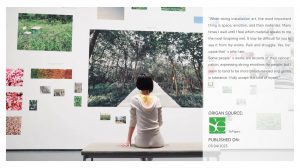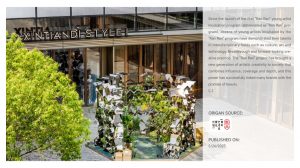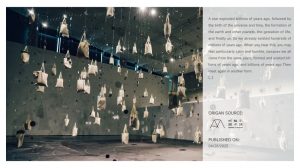Mothers are often seen as omnipotent and selfless beings. Today, we are more interested in the multiplicity of motherhood, i.e., what does it mean to be a mother? What does motherhood give? Become yourself before you become a mother.
There is no truer answer than the one given by mothers.
They are undoubtedly bold, resolute and unique “superwomen” in the face of the outside world, and their inner emotions are rich and multi-layered; when they return to their role as “mothers”, they reveal their softest and most innocent side. This soft, warm side is also like the Teddy Coat launched by Max Mara in the autumn/winter 2013 collection, which gives people a warm existence like a haven, and is also like a mother giving her daughter a healing embrace that she can rely on, intimate and full of strength.
This winter, on the occasion of the 10th anniversary of the teddy coat, Max Mara is launching a mini teddy coat for girls aged 5-12 for the first time, to keep them warm and enjoy the fun of winter. We asked JUJU WANG and her daughter AMIE to tell us about their lives as mothers, wearing Max Mara teddy coats.
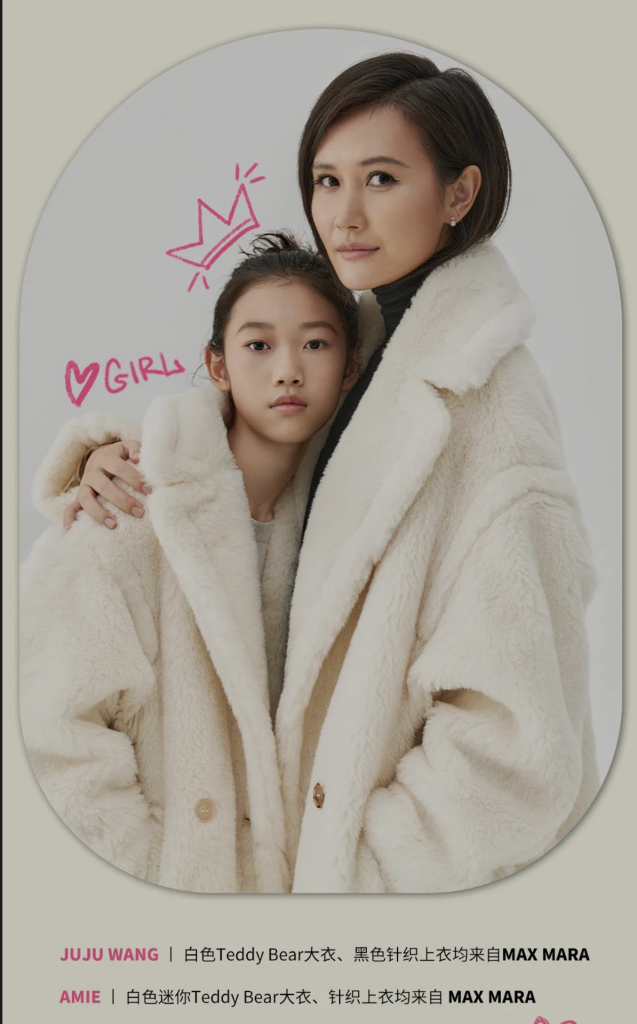
Artist JUJU WANG and her daughter Amie have just returned from a driving trip along the coast; Amie loves the sea, so the family set off from Shanghai, where they live, to Ninghai, and then along the coast to Fuding, Xiapu, Putian, Hong Kong and more than a dozen other cities, treading the water, seeing the sea and sniffing the sea breeze until the end of the summer holidays. After the summer holidays, Amie returned to school and JUJU returned to its ongoing art projects.
While mothers in East Asian societies tend to view their daughters as extensions of their own lives, rather than separate individuals, JUJU and Amie have a close and organic relationship. They travel together, see exhibitions together, have intimate girl’s talks together, and even create installations together. Amie has been involved in the creative output of JUJU’s work, the selection of materials, the production of the installations, and the post-production of the exhibitions – but at the same time, the two of them remain absolutely independent.
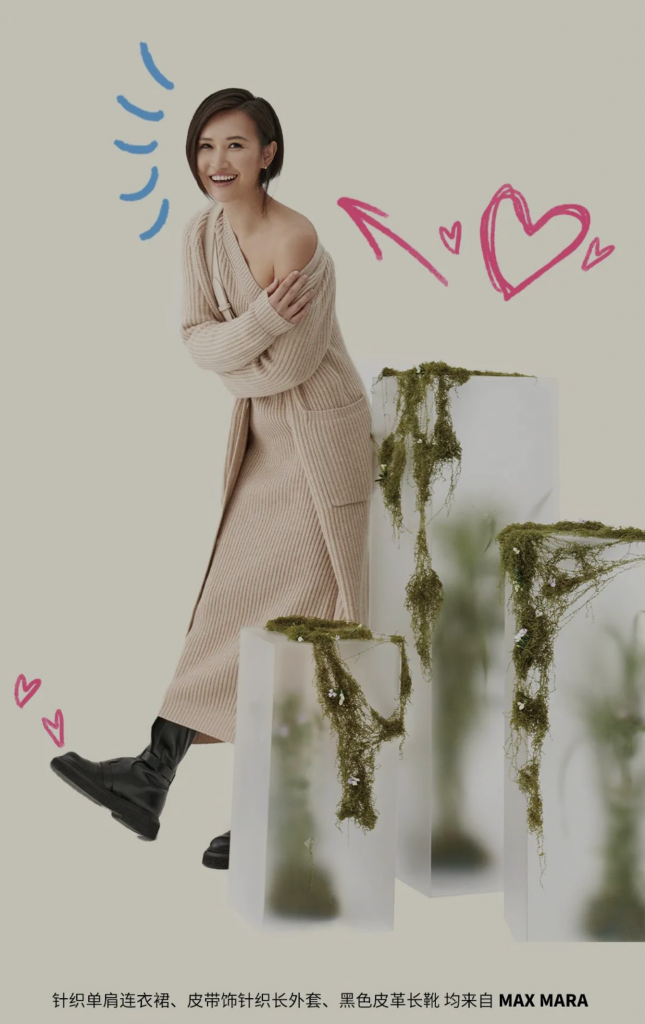
As an artist, JUJU draws inspiration from nature, poetry and oriental philosophy, exploring the commonalities between art, nature and culture through the creation of large-scale art installations and the use of modern materials. The birth of a child adds another dimension to her creativity, for example, the work Kimo-Kawa is based on the observation of the 10th generation’s passion for the “ugly cute” trend; the work Strawberry House is about thinking about how to protect her daughter’s growth; and in Growing Up Wild, the huge bow lying in the indoor space suggests a mother’s desire to protect her child. In “Growing Wild”, the huge bow lying in the interior space suggests a mother’s desire to protect her child, and is also a reflection on her own way of education.
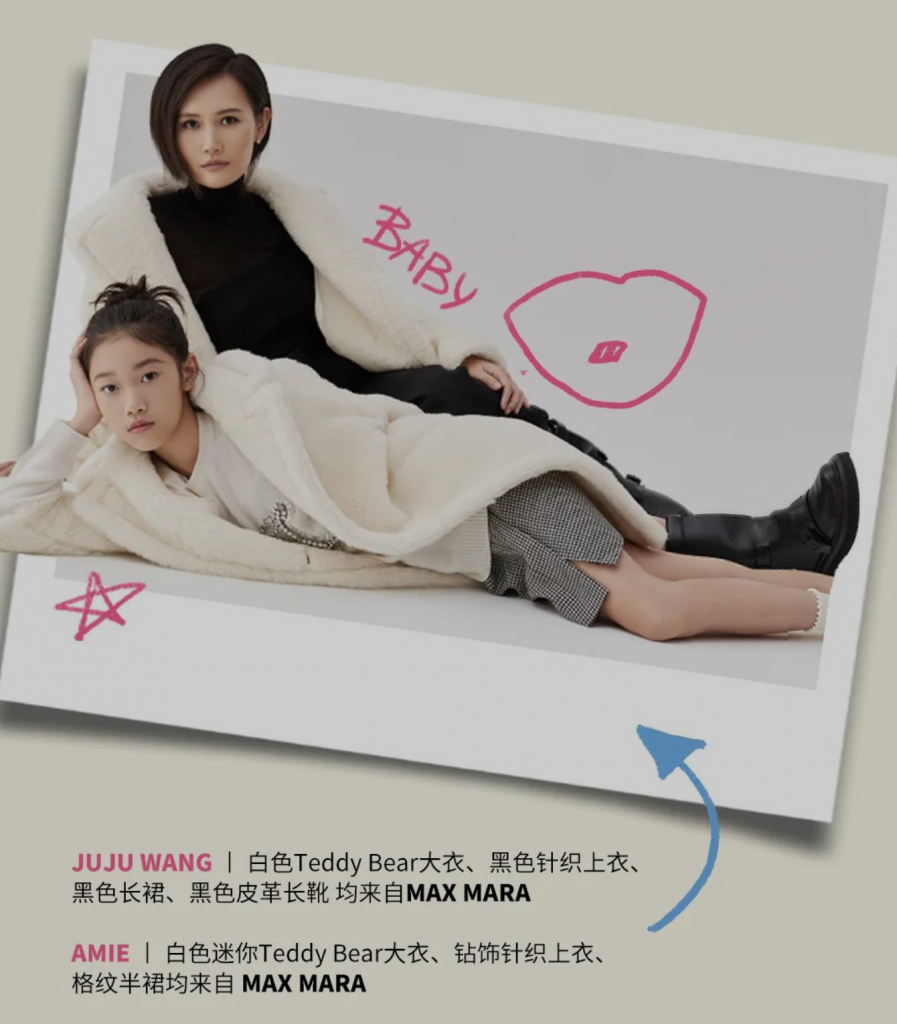
Woolf once said that for a woman to write, she must first have a room of her own. This is true for writers as well as for artists. A room of one’s own does not mean a figurative room, but a space for independent thinking and expression that is solely for one’s own use. This brings us back to the topic of balance. For women, it is not easy to walk the balance beam of family, creation and self in an elegant, upright and straight way. JUJU laughs that allocating the time for these three things is like weaving with different coloured straws, “Among the straws representing self, work and family, I pull out which one to do first, and then I pull out another one to do the corresponding thing. So the three are interwoven without logic, but form a harmonious and varied spectacle of colours.”
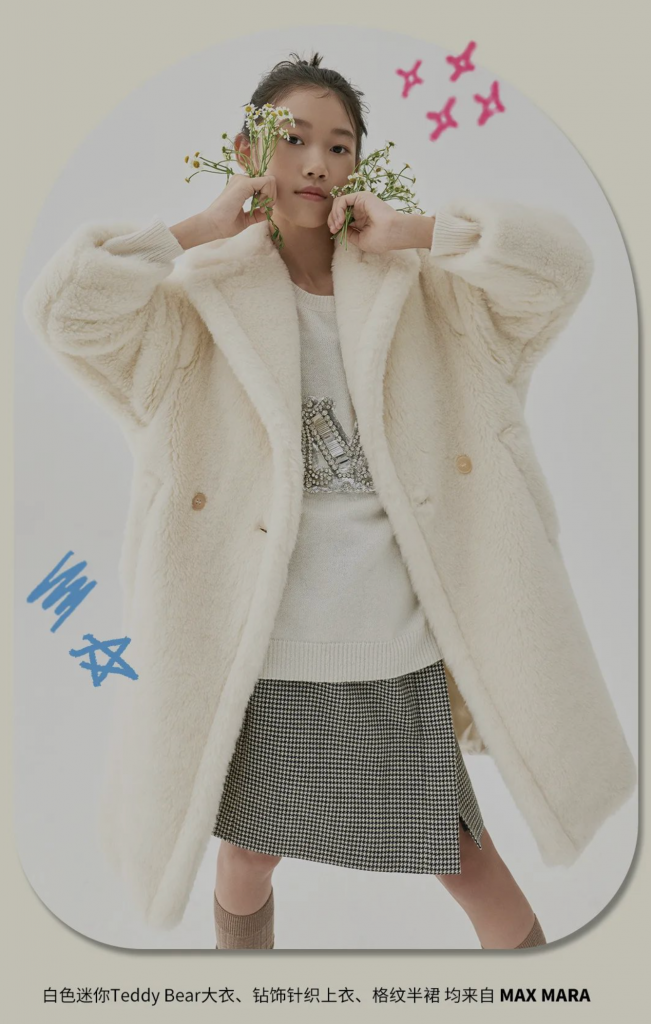
During the time she spends with herself, JUJU likes to embroider or grow vegetables and tending to her garden, using the repetitive movement of her body to reach a state of clarity, like a dynamic meditation – a moment when creativity often visits her. Currently she is working on three long-term art projects: a series of earth art installations under the name of “Wangderland”, which are located in different areas of Chongming Island. The installations are made of non-invasive materials, constructed on the land, and then left on the land to receive nature’s “secondary processing” of the artworks, such as the effects of wind, rain, and sunlight; and a “second processing” of the artworks, such as the effects of wind, rain, and sunlight. Another project, “20210909-“, uses a canvas bag as a carrier, with the date, location and weather of the city where it is located on that day sewn on the body of the bag, writing a chronicle of life through the continuation of time.
She hopes that the project will continue in Amie’s hands as well, because the endless questioning of human existence is the best “legacy” she can leave as a mother. The latest project is yet to be announced, but in JUJU’s account, it is a warm and humane project – one that shifts from nature and existence to the existence of others. She began to focus on the aging island of Chongming, telling the story of the man in the mirror by sending flowers to the elderly people living on the island and snapping a photo of them together. The old people are holding bouquets of flowers in their hands, smiling broadly, and it is clear that this is a gift from Mother Earth, born from the softest heart of a woman who has become a mother.
